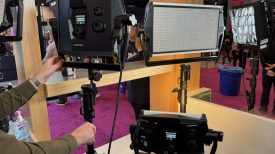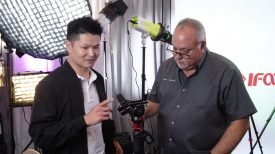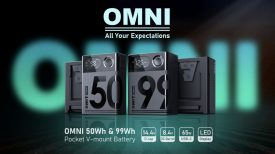I purchased the Sony RX10 mkIII superzoom for its super slow motion capabilities and as an all-in-one travel camera. So far, I’m really enjoying shooting with the camera. It’s a 20MP, 4K bridge camera in a smallish package.
What makes the camera so special is the incredible built-in 24-600mm (full-frame equivalent) f2.4-4 Zeiss Vario-Sonnar T zoom lens with optical image stabilizer. This lens has three separate rings for focus, aperture and zoom – an improvement over the previous two RX10 incarnations. The aperture ring can be de-clicked for smooth video use and the zoom can also be operated from a lever that surrounds the shutter button. There are three Steadyshot modes for video – standard, active and intelligent active. I tested all three and found them to be pretty good for shooting motion. The only thing to watch is that the crop does change slightly depending which of the modes you choose.
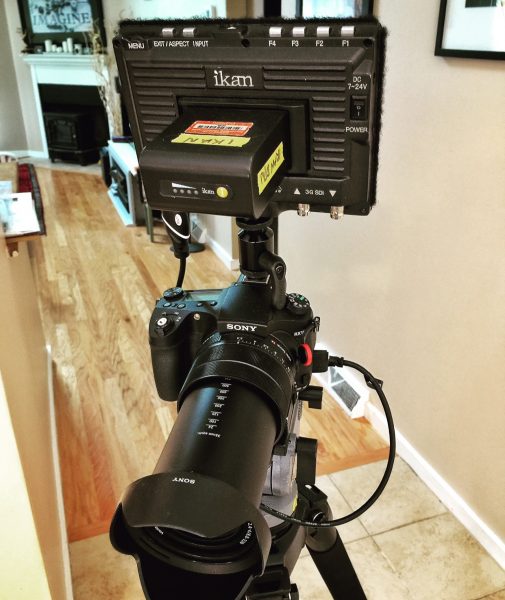
One slight downside is that the lens is not a constant aperture. Although far reaching on the telephoto end, it ramps to f4, unlike its predecessor. A bit of an inconvenience, but then you can’t have everything at this size and price point. Also, the range and speed of the lens does make the RX10 mkIII slightly heavier than some of the other bridge cameras on the market. Even so, the form factor is perfect for VJs, photojournalists, sports and nature enthusiasts who don’t want to carry a larger camera and a collection of lenses.
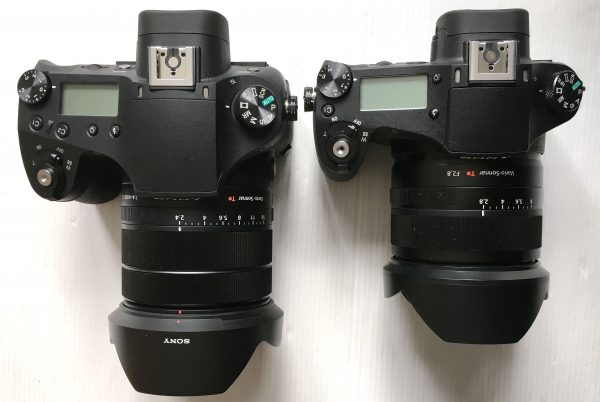
The camera has autofocus which works reasonably well, but its not in the same league as something like a Canon Dual Pixel CMOS AF equipped camera. The autofocus tends to hunt when zoomed in all the way or on low contrast shots. Luckily I’m very comfortable shooting manual focus instead, with yellow peaking for focus assist. Minimum focus distance is a ridiculously close 3cm at the wide end.
The RX10 mkIII uses the same 1″ stacked CMOS sensor found in the RX10 mkII and the RX100 mkIV. This is capable of some amazing results. Rolling shutter is better than most DSLRs and low light is extremely good given the small size of the chip. The ISO range is 100-12,800.
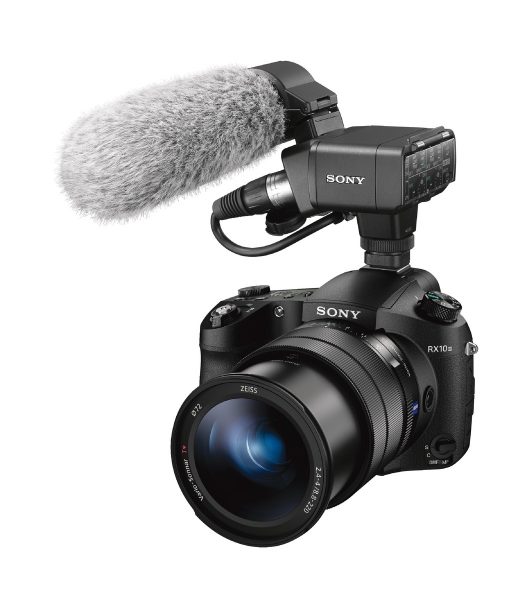
Along with the regular rear LCD screen the camera also has a high resolution 2,359,296 dot OLED electronic viewfinder (EVF). Like other Sonys it has a built-in sensor that detects when you raise the camera to your eye, seamlessly changing from articulating LCD live view to the EVF. I didn’t find the EVF had much lag and it was very usable. The EVF eyecup could have been designed better as the hard material is uncomfortable against your eye. A softer eyecup would mitigate this problem.

The camera body is weather sealed. There are lots of programmable buttons on the camera body. The menu is typical Sony and I found the camera menu pretty easy to navigate (others may disagree but I guess I’m used to it). On the audio side it has a 3.5mm mic input jack and headphone socket, plus the option to use Sony’s MI shoe microphones and XLR audio adapters.
The camera records 4K 24P (and 25P in PAL land) internally at 100Mbps and 4K 30P at 60Mbps. Alternatively you can record externally to a compatible recorder.
The NTSC HD record settings are 24p at 50Mbps, 30p at 50Mbps, 60p 50Mbps, 120p 100Mbps, 120p 60Mbps.
File formats are XAVC-S 4K, XAVC-S HD, AVCHD and MP4. I use Adobe Premiere and I’ve had no problems editing the XAVC-S files. I have been using the Sony 64GB High Speed UHS-1 SDXC U3 Class 10 memory cards successfully. These have a maximum read speed of 94MB/s and maximum a write speed of 70 MB/s.
The camera supports all the standard Sony picture profiles as well as S-log 2. Colors are typical Sony.
If 120fps isn’t fast enough then it also has an HFR (high frame rate) super slow motion setting on the camera dial. The high frame rates are 240fps, 480fps and 960fps. I have tested all three and I would only consider using the 240fps rate. The other two settings do not produce a high enough quality image for me. At 240fps the camera offers two priority settings – Quality Priority and Shoot Time Priority. I have been using Quality Priority since it offers the best quality image at 1080p (Sensor Readout Number of Effective Pixels 1,824 × 1,026) albeit a short two seconds of video. But that two seconds in super slow motion gave me plenty of footage to edit. The Shoot Time Priority mode offers four seconds of video but at a lesser video quality. There are two settings for the trigger, Start Trigger and End Trigger. Although it does take some practice I have been getting great results from using the Start Trigger.
Perhaps the biggest downside of the RX10 mkIII is the lack of a built-in ND filter. It’s strange that Sony decided not to have one in this camera, given that they put on in the previous RX10 II. I purchased a Tiffen Variable ND filter which does the trick for outdoor shooting, but is obviously less convenient
Another negative is the battery life. The NP-FW50 batteries (the same ones as used in the a7 and a6000 ranges) has a limited life when shooting high frame rates or 4K, However, they do recharge rather quickly. Even so, buy at least 3 batteries.
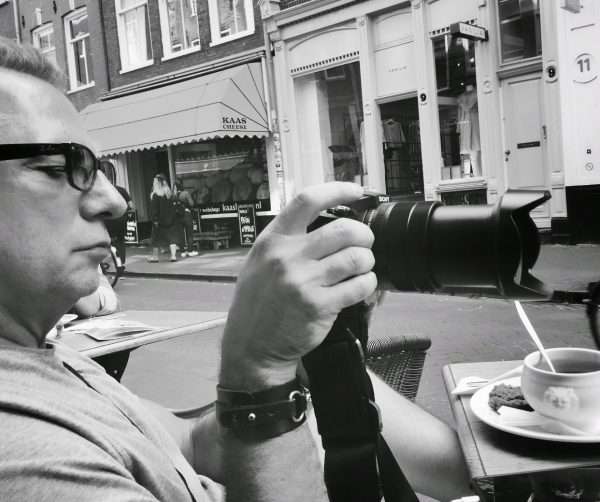
So far I’ve produced two real world slow motion short films with the camera. The first was a test film I shot in September while attending the IBC in Amsterdam which you can see here.
The second film is about Maya Simone, a ballet dancer, model and actress from Boston, which is at the start of this review. I wanted to showcase the delicate movements of a dancer in super slow motion as the sun was rising over the Boston Public Garden.
Overall you get a big bang for your buck with the RX10 mkIII. The 24-600mm lens has lots of reach for both still and video shooters. And for me at least, the gorgeous 240fps high frame rate image at 1080p is worth the price of $1500 US.



